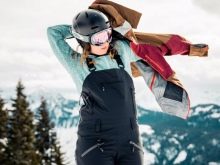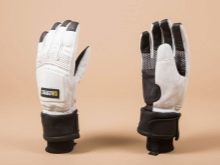Freeride on a snowboard
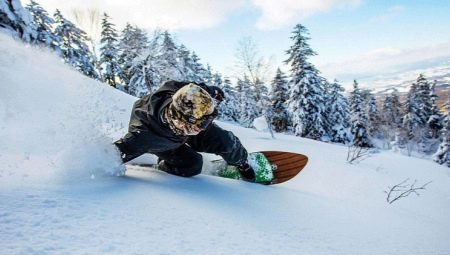
Snowboarding can take place under the supervision of experienced athletes and instructors in the area covered by the doctors on duty, or without them. Freeride just refers to the free style - riding without people supervising the process, at your own peril and risk.
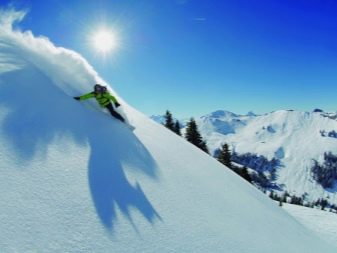
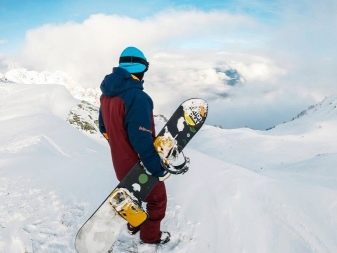
What it is?
Freeride - the passage of arbitrary routes for your own pleasure. As a ski track, a trail is used that lies outside the well-maintained paths for descent. If the snow is not rammed, the track is not rolled out, then it is believed that this is the only way to fully reveal all the possibilities of a snowboard. If the rider rushes through unfamiliar terrain, where he has not been before, then he is at great risk - for example, there is a danger that an avalanche will pass.
Experienced athletes and instructors believe that beginners should take their time to venture outside the well-researched trails where competition is most often held.
It is imperative that a beginner take a Young Rider course before putting himself at increased risk. However, competitions between freeriders are also held.
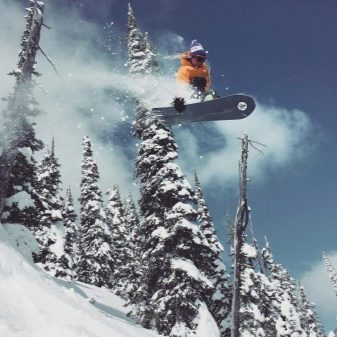

Types of skiing
The lightweight view is the simplest one, with which everyone who is no longer interested in the tracks laid over many years begins. The worked out actions consist in climbing the mountain with the help of a lift and going down the slope, which no one has passed this year.
Back country - here the ascent to the lifts is replaced by climbing a mountain on which there are no lifts. In a single mountain range, in a specific area, a pre-drawn action plan is used. It is aimed at experienced freeriders. Their dignity is that such an athlete knows in advance on which slopes he will have to ride without unnecessary risk to his life... If the route is too difficult for him, then he will choose another one from the existing ones.
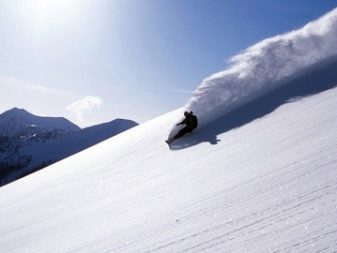
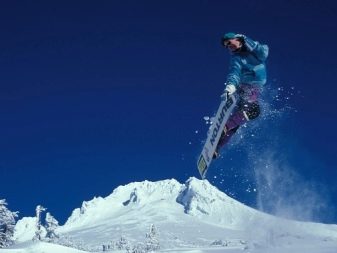
Ski tour freeride - climbing a mountain with skis or snowboard using special equipment (ski tour or splitboard kit) followed by descent on a snowboard... In contrast to the back-country style, the ski-tour greatly simplifies the ascent. Here, lighter equipment is used, the technique of movement is changed, while you do not need to carry the skis or snowboard with you in your backpack. This style is used in the Khibiny, in the Caucasus, in Krasnaya Polyana, in the Siberian plateaus and in the mountains of Kamchatka.
Heliski (heliboarding) - transportation of athletes skiers to the top of the mountain by helicopter. The disadvantage is the high cost. In some countries, this style is prohibited. Catskiing (snowcatskiing) - sending snowboarders up the mountain using a snowcat - a snowcat carrying passengers. The advantage is the noticeable low cost compared to the previous riding style. Snowmoboarding is the use of a snowmobile. Allows you to better coordinate the movement down the route, to develop additional speed.
The principle of skiing is similar to water skiing, only a snowmobile is used instead of a boat.

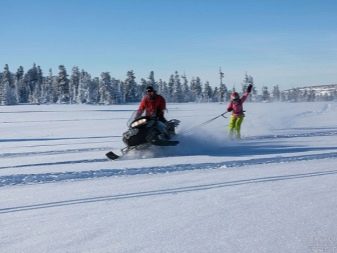
Education
Freeride technique is based on the observance of two important rules.
- The athlete must be able to move and stand confidently on the snowboard.
- He also descends along the chosen route, without creating dangerous situations, for example, not fitting into a turn and crashing into a rock.
No need to cuddle and squat down. It is important, on the contrary, to reach up, this allows you not to bury yourself in the snow. You can also not push off with your feet with force.... When falling into loose snow, the support will leave from under your feet. If you need to lean back, you cannot put pressure on the back leg, transferring a significant part of the body weight to it, otherwise a sharp turn around it is inevitable, and the athlete falls. The focus is on the front of the snowboard, not the back.
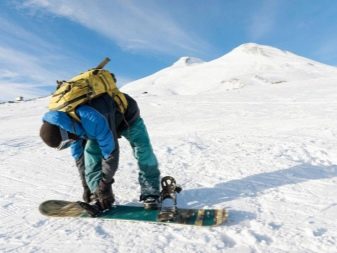
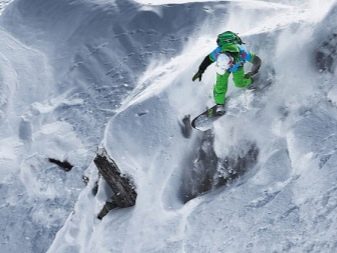
How to choose a board?
When choosing, focus on long, but massive products, where the front is wider than the back. Freeride snowboards are different.
- They are longer in size than regular freestyle products.
- The center of mass is shifted back.
- The product is stiffer under the mounts than elsewhere. This difference is clearly felt when driving on rough and difficult trails.
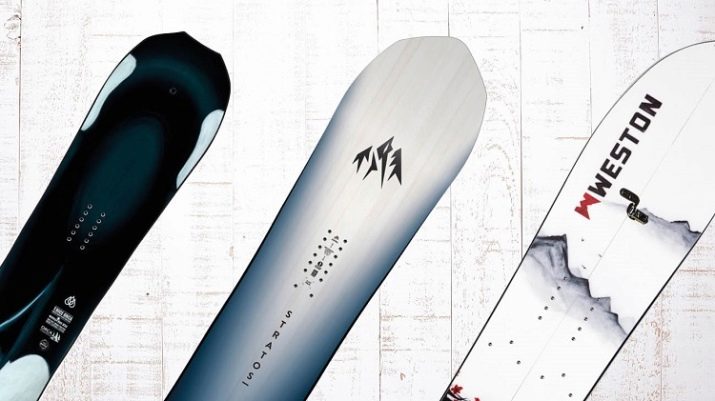
By design, they differ in the following way.
- In a sandwich product the core is surrounded by fiberglass along its entire length. Below is a sliding cover. On the sides - ABS plastic. The board is adapted to the increased load, but noticeably heavy.
- Cap - The fiberglass core is protected from above and from the side, and a sliding cover at the bottom.
Without a core, the snowboard would quickly lose control. Materials - wood with plastic or metal. Longitudinal Kevlar stripes give the snowboard more rigidity along the structure. Torsion bars - made in the form of V- or X-shaped graphite strips, serve for transverse rigidity.
Better handling on a snowboard with a small sidecut. The smaller they are, the faster the snowboard turns. The sliding surface in high quality snowboards is made of sintered polyethylene.
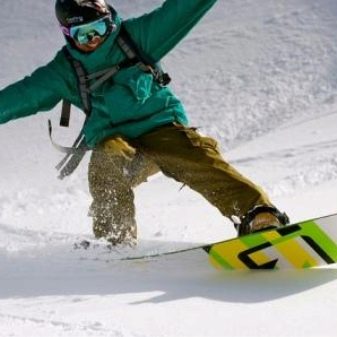
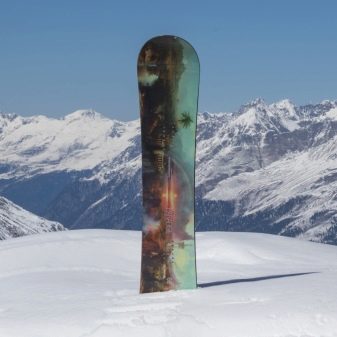
The best freeride snowboards
The ranking in this top snowboard is ranked from the best model to the least professional.
- Burton custom - suitable for technically challenging tracks. High quality, easy to skid, durable.
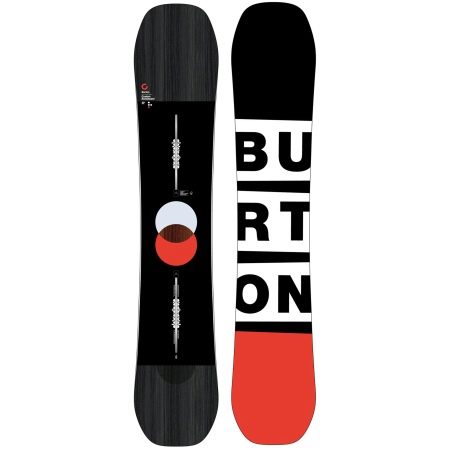
- CAPiTA Paradise - excellent control over bends, suitable for puffy trails.
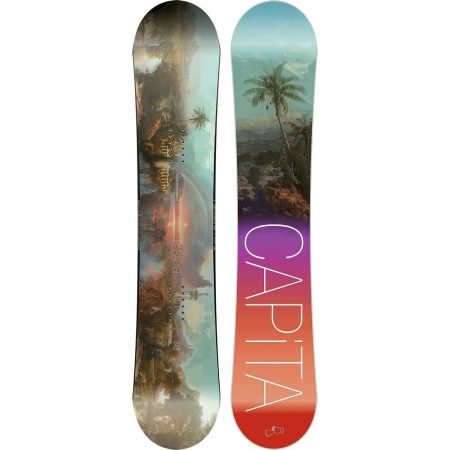
- Salomon Lotus W 2016-17 - lightness, stability and convenience. Efficiency is achieved by balancing flexibility.
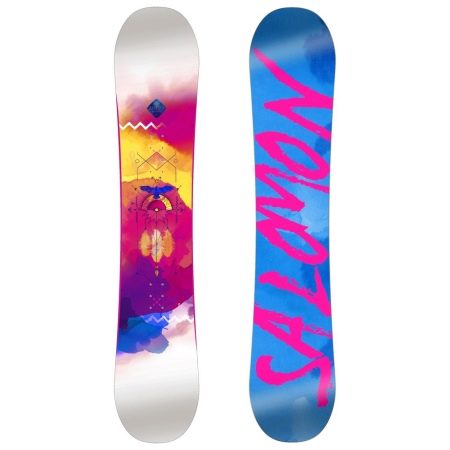
- Arbor - suitable for difficult and simple tracks in equal measure. The curvature of the road does not matter.
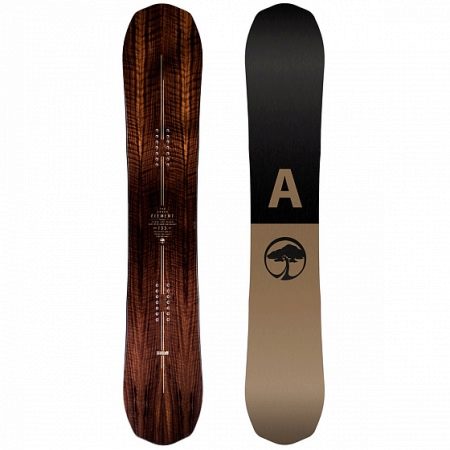
- Jones flagship - designed for loose dry snow. It is with him that beginners should start.
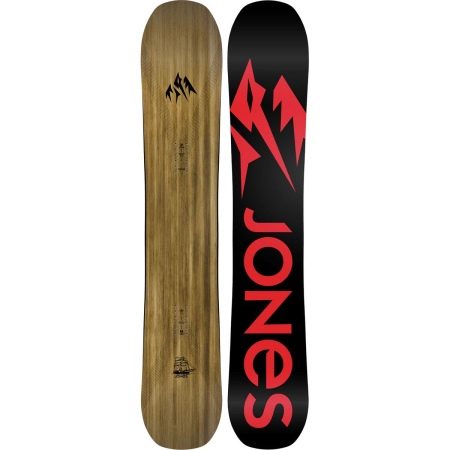
- Volkl selecta - a practical solution for hard tracks. She is both a female and a male model.
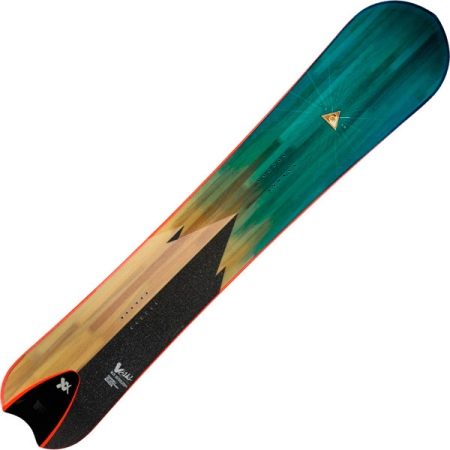
- Ride timeless - resistant to deflection, suitable for aggressive riding.
The snowboard overview is not limited to these models. A beginner rider can take his first steps on a cheaper board, which are not on this list.
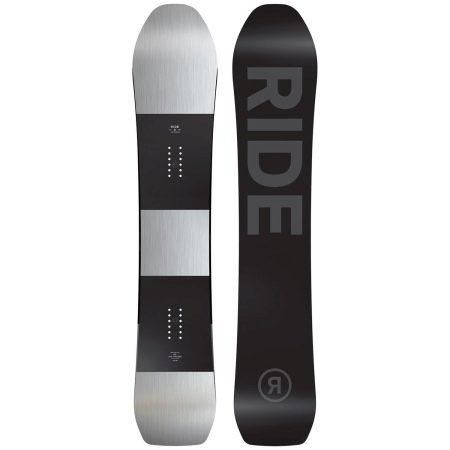
Equipment
In addition to a carefully selected snowboard, stock up on the following ammunition.
- Clothing that does not restrict movement... It must be windproof and water-repellent.
- Helmet - should sit tightly on the head, not slip when moving. There should be a shock absorber cushion inside it.
- Gloves must wick away moisture and protect from frost. The fact is that when descending, the effect of an icy wind is created. High quality gloves have a soft wrist lining.
- Glasses with a ski mask. The second differs from the first in that it can be supplemented by it - there are glasses that form a single whole with the mask.
- Knee protection, elbows and coccyx. These are special pads that significantly reduce the likelihood of fracture.
Finally, the rider should take a working and charged mobile phone with him in case of a rescue call.
